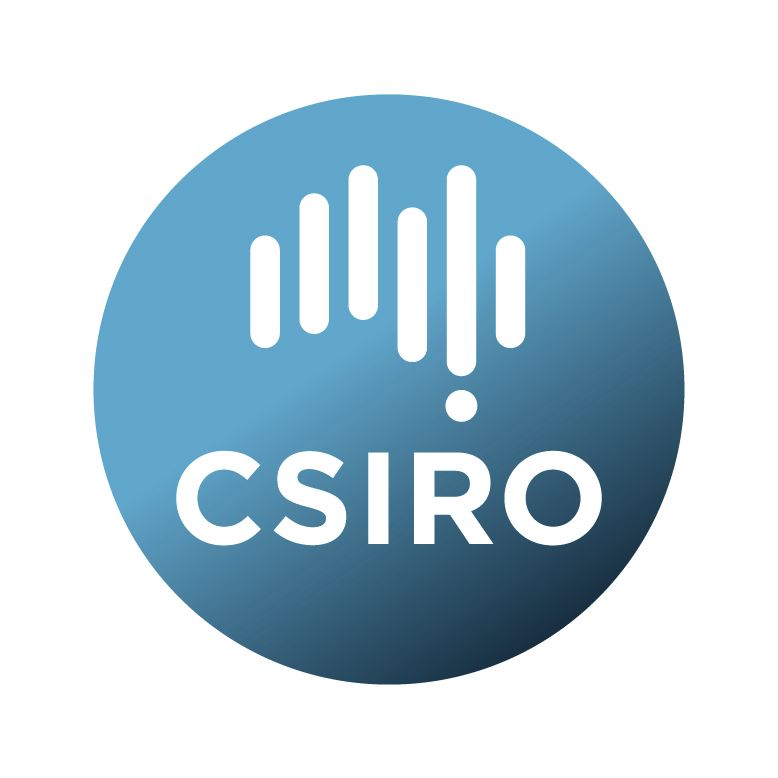Brief description
This is Version 2 of the Australian Available Volumetric Water Capacity (AWC) product of the Soil and Landscape Grid of Australia.The map gives a modelled estimate of the spatial distribution of AWC soil hydraulic property in soils across Australia.
The Soil and Landscape Grid of Australia has produced a range of digital soil attribute products. Each product contains six digital soil attribute maps, and their upper and lower confidence limits, representing the soil attribute at six depths: 0-5cm, 5-15cm, 15-30cm, 30-60cm, 60-100cm and 100-200cm. These depths are consistent with the specifications of the GlobalSoilMap.net project (https://esoil.io/TERNLandscapes/Public/Pages/SLGA/Resources/GlobalSoilMap_specifications_december_2015_2.pdf). The digital soil attribute maps are in raster format at a resolution of 3 arc sec (~90 x 90 m pixels).
Detailed information about the Soil and Landscape Grid of Australia can be found at - https://esoil.io/TERNLandscapes/Public/Pages/SLGA/index.html
Attribute Definition: Available Volumetric Water Capacity
Units: percent;
Period (temporal coverage; approximately): 1950-2021;
Spatial resolution: 3 arc seconds (approx 90m);
Total number of gridded maps for this attribute: 18;
Number of pixels with coverage per layer: 2007M (49200 * 40800);
Data license : Creative Commons Attribution 4.0 (CC BY);
Target data standard: GlobalSoilMap specifications;
Format: Cloud Optimised GeoTIFF;
Lineage: A full description of the methods used to generate this product can be found at - https://aussoilsdsm.esoil.io/slga-version-2-products/soil-hydraulic-properties
We employed standard Digital Soil Modelling (DSM) (McBratney et. al., 2002) methods utilising publicly available soil observation data and publicly available environmental covariate data in an environmental correlation approach using machine learning to map the soil properties of volumetric (mm/mm) Drained Upper Limit (DUL) and Soil Lower Limit (L15) across the entire continent at 6 standard depths at 90m pixel resolution.
We used pedotransfer functions for estimating Drained Upper Limit - 1/3 bar (DUL) and Lower Limit - 15 bar (L15) from readily available soil attribute data using data from the National Soil Site Collation (NSSC) (Searle, 2014). Soil property data was obtained using the TERN SoilDataFederator (SDF) (https://aussoilsdsm.esoil.io/site-data/soildatafederator).
The spatial modelling of DUL and L15 is done at six standard depth intervals conforming to the GlobalSoilMap Specifications. (GlobalSoilMap Science Committee, 2015) ie 0-5cm, 5-15cm, 15-30cm, 30-60cm, 60-100cm and 100-200cm. To facilitate modelling at these standard depths the observed data set depths were harmonised to these depths using a mass preserving spline method as described Bishop (1999). A total of 20545 soil profiles were splined in this way and used as inputs to the spatial modelling.
We utilised the publicly available Terrestrial Ecosystem Research Network (TERN) raster covariate stack. It is comprised of 154 individual raster data layers. (https://esoil.io/TERNLandscapes/Public/Pages/COGs/90m_Covariates.html).
The covariate stack was used as the independent variable data for the predictions across all grid cells and at each depth.
Fifty bootstrapped model realisations using the Cubist machine learning algorithm (Quinlan, 1992) were generated and were used to predicted DUL and L15 values (mean of the bootstrap realisations) and estimate upper and lower confidence intervals (5% and 95%) across the entire continent
The Available Water Capacity values were calculated by subtracting the L15 values of each layer from the DUL values of each layer and the upper and lower confidence intervals were estimated by combining the variances of the upper and lower confidence intervals of L15 and DUL.
To estimate the Total Available Volumetric Water Capacity (mm) to 1 and 2 metres we summed all the AWC layer values converted to mm of water to the estimated soil depth (Australia-wide 3D digital soil property maps - Depth of Soil (3 arc second resolution) Version 2) or the designated depth of the product - which ever was shallowest.
All processing for the generation of these products was undertaken using the R programming language. R Core Team (2020). R: A language and environment for statistical computing. R Foundation for Statistical Computing, Vienna, Austria. URL https://www.R-project.org/.
Code - https://github.com/AusSoilsDSM/SLGA
Observation data - https://esoil.io/TERNLandscapes/Public/Pages/SoilDataFederator/SoilDataFederator.html
Covariate rasters - https://esoil.io/TERNLandscapes/Public/Pages/SLGA/GetData-COGSDataStore.html
Available: 2024-08-28
Data time period: 1950-01-01 to 2021-06-14
Subjects
3-dimensional soil mapping |
Attribute |
Available Water Capacity |
Continental |
DSM |
DUL |
Digital Soil Mapping |
Environmental Sciences |
Global Soil Map |
Raster |
SLGA |
Soil |
Soil Hydraulic Properties |
Soil Maps |
Soil Sciences |
Soil Sciences Not Elsewhere Classified |
Spatial modelling |
Spatial uncertainty |
TERN |
TERN_Soils |
TERN_Soils_DSM |
User Contributed Tags
Login to tag this record with meaningful keywords to make it easier to discover
Identifiers
- DOI : 10.25919/4JWJ-NA34

- Handle : 102.100.100/448270

- URL : data.csiro.au/collection/csiro:56710



